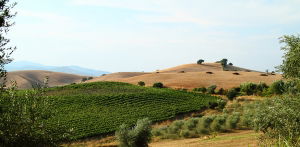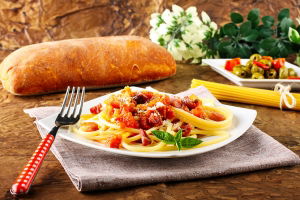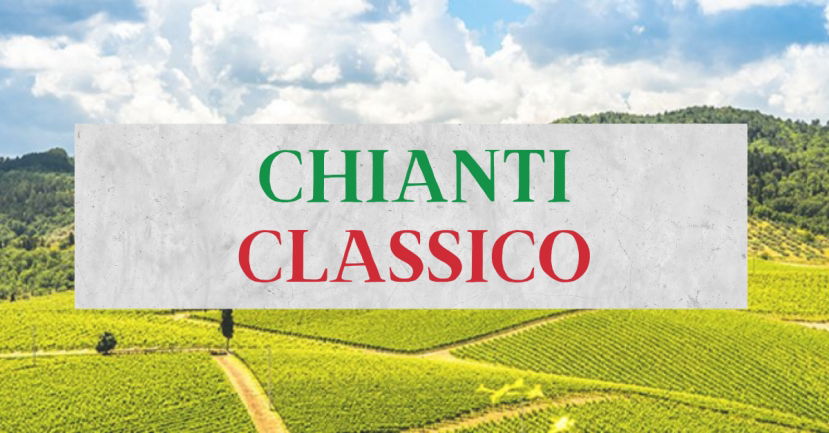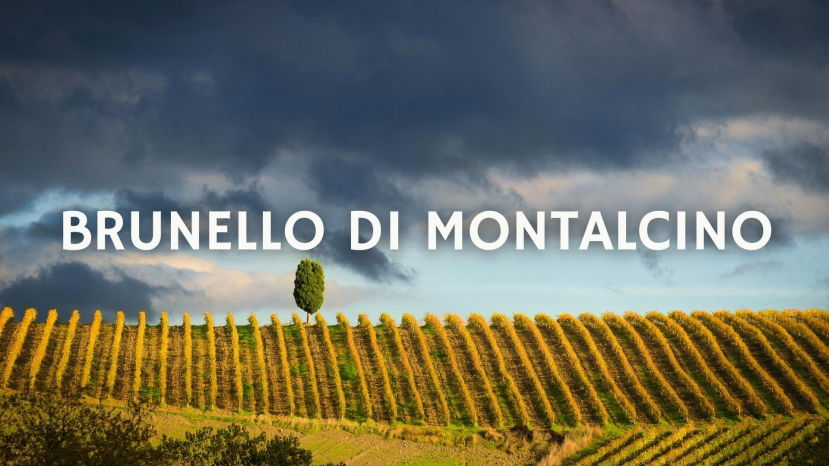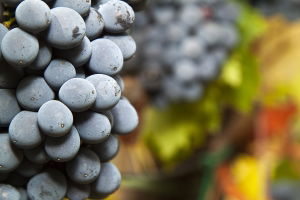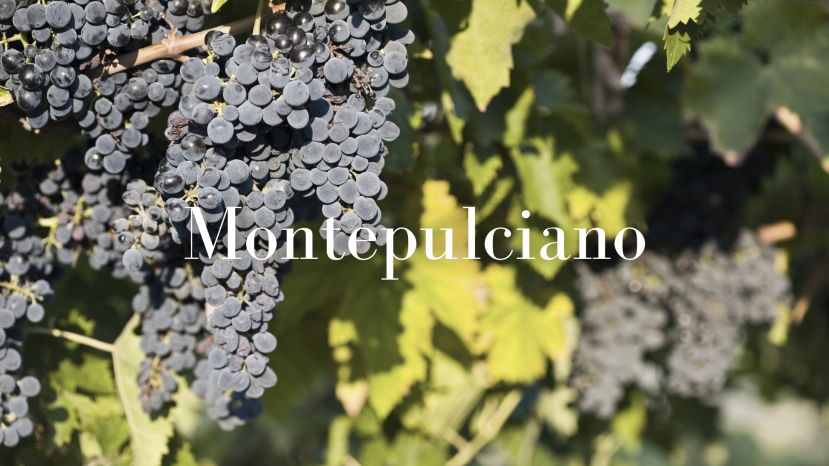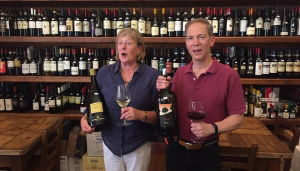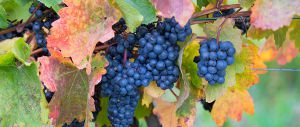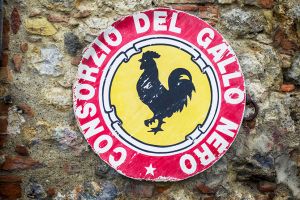BLOG
Tuscany
Mention the red wines of Tuscany and immediately examples such as Brunello di Montalcino, Chianti Classico and Vino Nobile di Montepulciano come to mind. Produced primarily or exclusively from the Sangiovese grape variety, these celebrated red wines truly define this region’s viticultural excellence. Over the last three decades, the distinctive red wines of Bolgheri, crafted from Bordeaux grape varieties from vineyards along Tuscany’s coast, have also become icons of Tuscan wine. Yet there are other sublime red wines from this region that are notable yet lack the renown of the wines mentioned above. Carmignano, Morellino di Scansano and Montecucco are three other important red wines of Tuscany that reflect a sense of place and represent not only special quality, but impressive value as well.
Recently, Barbara Philip MW hosted a virtual food and wine tour webinar for the Wine Scholar Guild. The cuisine of central Italy is as fascinating as it is delicious. This is where tomatoes and olive oil begin to replace the butter and cream of the north. Heavy, stuffed pastas give way to long pastas and are joined by more vegetables. The food of central Italy reflects the agricultural treasures provided by the warmer climate. Local grape varieties also enjoy their time in the sun, ripening to juicy perfection, creating wines that really reflect their surroundings.
Summary: Chianti Classico: From Medici to Marvelous. Nestled in the hills of Tuscany with some of the most unique soils in the world with one of the greatest grapes in the world, Chianti Classico is a wine that conjures up the best (and worst) associations within the world of wine. Get the inside scoop! Join Jeffrey Porter, Beverage Director for the acclaimed Italian restaurant group Batali & Bastianich, as he guides you through the history and specificities of
Summary: In this live one-hour webinar, we explore the origins of Italy’s first-ever DOCG, Brunello Di Montalcino DOCG, where we see Sangiovese reach its full potential. An appellation where history, climate and influence of highly skilled winemakers play key roles in the evolution of its wines.
Matt Kirkland was an attendee of the WSG’s first Study Trip to Tuscany with Jane Hunt, MW. Here, he shares some of the insights he gleaned from the trip. Quality in wine can be assessed based upon balance, length, intensity, and complexity (and typicity when not tasting blindly). As the workhorse grape of central Italy, Sangiovese had a checkered history relative to quality. It is a high acid grape, with relatively high tannins; and quality demands a balance of these structural components. The goal of this essay will be to discuss the acid/tannin balance, its impact upon quality, and the implications for “mouthfeel” of the resultant wines. The harmonious balance of quality can be achieved with pure Sangiovese (Brunello de Montalcino or some Chianti’s, or with blends as in Chianti or the “Super Tuscans”); the key is taming the interplay of tannin and acid on the palate. The journey through Tuscany is a delectable discovery of vinous diversity, unified by the grape. “In the bad old days, Sangiovese tended to be overproduced which accentuated its tendency to exhibit high acid and unripe tannins… Sangiovese’s dominant viticultural characteristics are that it can vary as much as Pinot Noir in its sensitivity to place and that it ripens relatively late.” Jancis Robinson, www.jancisrobinson.com/learn/grape-varieties/red/sangiovese
Summary: Drinking and discovering Montepulciano (the grape) d'Abruzzo is like looking at a painter's palette, so many colors, so many shades and so many possibilities. Montepulciano is one of Italy's most versatile grapes that can produce terrific rosatos, quaffable reds for any occasion but also some of Italy's boldest and age-worthy wines, worth every sip. Presenter: Ciro Pirone
Summary: Join Nick Bielak for a punchy introduction to some of the important buzzwords of contemporary Italian wine… what’s exciting and what to look out for. Going beyond Italian Wine 101 (basics of Italian wine, main varieties and regions, culture and pronunciation), Nick will discuss hot topics including: menzioni geografiche aggiuntive in Barolo, the noble Italian red varieties,
Master of Wine Jane Hunt is interviewed by Decanter Magazine’s Andrew Jefford about Tuscany and its wines. Jane has a long, distinguished career in various aspects of the wine trade. She leads the Wine Scholar Guild immersion tours through some of the legendary Tuscan wine estates.
Are you looking for the best Italian red grapes? The wonderful thing about Italian red grape varieties is that they are distinctly Italian. Plenty of winegrowers around the world have made attempts at growing Sangiovese, Nebbiolo and Barbera, but few have come even close to matching the results of these grapes’ native soils. As a rule, Italian grape varieties don’t care to leave Italy, and who could blame them? Completely at home in their places of origin or tradition, each Italian red grape has evolved and adapted in perfect harmony with their surroundings.
The Gallo Nero (Black Rooster) was the historic symbol of the League of Chianti and has become the symbol of the wines of Chianti Classico. The Black Rooster symbol is linked to a medieval legend that takes place during the time of open hostilities between Firenze and Siena for control of the Chianti territory.
Italy's white wines are as diverse as the country's reds. There is an Italian white wine with a trove of native varieties to fit every budget and occasion. Unfortunately, there are so many choices that shopping for Italian white wine can be overwhelming. It doesn't help matters that many of the white grapes have similar-looking names. However, you don't have to memorize an encyclopedia to find the perfect wine for dinner. Knowing a few essential wines will ease the confusion and simplify the shopping trip (hint, if the grape or wine name has a "v" in it, you will probably love it.)
Grapes for Vin Santo Drying in the Vinsantaia One of the most characteristic wines of Toscana is Vin Santo. This passito is an ancient and traditional specialty produced throughout the entire region. Its origin dates back to the Middle Ages, but the prototype for this style of wine can be traced back to the Greeks and the Romans. Most Vin Santo is made from white grapes, typically Trebbiano Toscano and Malvasia Bianca Lunga. It can be made from just one of these grapes but is more commonly a blend of the two. Trebbiano provides acidity while Malvasia provides body, texture and perfume. A rare, pink Vin Santo called Vin Santo Occhio di Pernice (“partridge eye”) is made from red grapes, usually Sangiovese. Only a few producers make this pink version.

